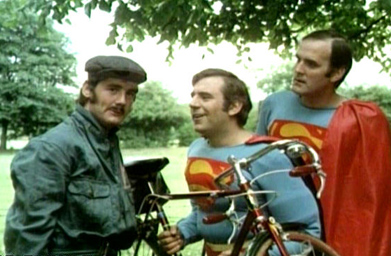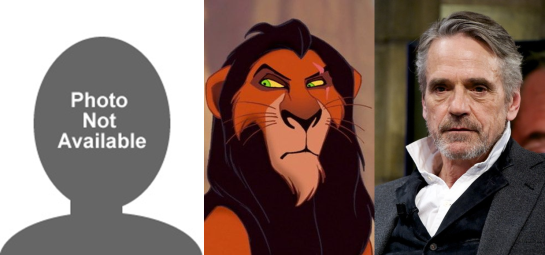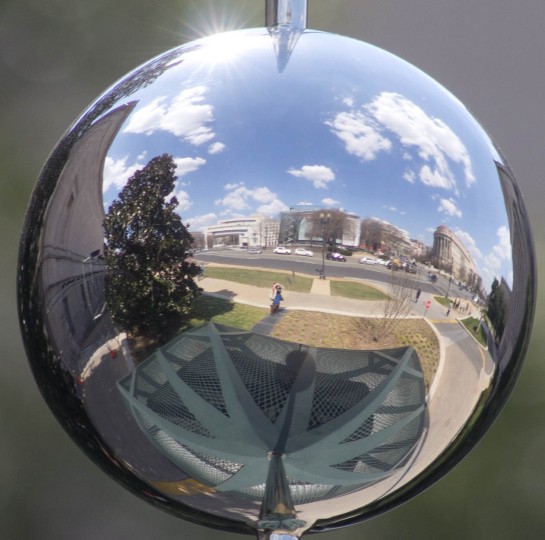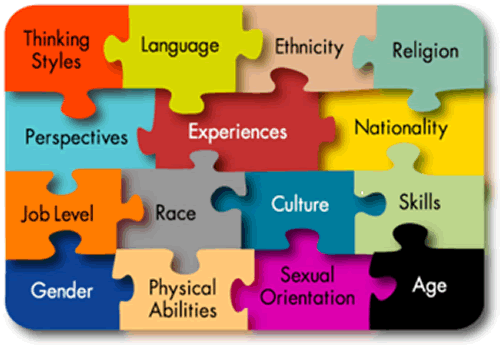
Truth is relative. Truth isn’t about facts so much as believability. Something can be objectively factual, but if I do not believe it, it is not true (to me).
And while this position can complicate social interactions and any discussion of politics, its corollary is vital to creativity:
Something can be objectively fictional, but if I believe it, it is true (to me).
I stumbled across this concept years ago, while studying improvisation at Second City.
I entered the school thinking I was there to be funny, but rapidly learned that despite the appellation “improvisational comedy”, the discipline is more about being fully engaged with the other performers and your environment rather than being funny.
Despite the lack of props, despite the lack of costumes, despite being confined to a stage, improv is about truth. If it isn’t, if the audience doesn’t believe you, then your performance is ineffective.
Without truth, the audience will not engage emotionally, they will not invest in the characters, and at best, the performance becomes an intellectual exercise. At worst, it becomes boring.
The same is true for writing.
As part of my everyday life, but particularly as a screenwriting instructor, screenplay competition reader and story analyst/coach for So, What’s Your Story?, I digest a lot of stories that cover every medium and genre. In analyzing these stories, teasing out what works and looking for ways to improve what isn’t working, I find that most of my feedback ultimately drills down to the truth of the story.
All good stories are true stories, but not all true stories are good.
Who are these characters? What do they want? What do they need? Why are they acting that way?
The world can be completely fantastical; it doesn’t have to look or function like any place I have experienced. The characters don’t have to be human or even corporeal.
But both must have a truth that I, as a reader or audience member, can believe in, something I can connect to.
Except with possibly the most Art House of work—where the thwarting of inherent truth is often the whole point—the world must have consistent laws by which it functions, even if those laws are completely alien to my real-world experience.
And, although I may not agree with a character’s motivations and reactions, I must on some level understand them and recognize them as true and consistent for the character and the world in which that character exists.
From my perspective, this is reason why Arrival works, and Valerian doesn’t.
Yes, there were plotting challenges in Arrival, its mixed timelines presentation often confusing things (and yet, ironically, that was the overall point of the story), but the characters made sense, their actions were believable, their world consistent if only in hindsight.
In contrast, the world of Valerian seemed to shift as required by the plot, a deus ex machina around every corner. And most of the characters seemed to suffer from erratic multiple personality disorder (respect to those challenged by the actual disorder) that invalidated each motivation and reaction as soon as it happened.
For me, Arrival had an inherent and universal truth, whereas Valerian was little more than artifice, an intellectual exercise in which I chose not to participate.
Consider your favourite stories from whatever medium—the page-turner novels, the lean-forward movies.
What pulled you into the story? What kept you enthralled? What made you forget there was a world outside?
Perhaps it was good writing. Maybe, an excellent plot. Possibly, interesting characters.
Whatever the intellectual rationale, you believed. If only for a brief period, the story was true (to you).
As difficult as it sounds, that is your target in writing. And because of your proximity to the story, it will be a challenge. But truth is the difference-maker.
Our writing is only as good as the truth we tell.
Best of luck.
Arrival: Screenplay (pdf) by Eric Heisserer
Valerian & the City of a Thousand Planets: Screenplay by Luc Besson
Award-winning screenwriter Randall C Willis is Story Analyst & Coach at So, What’s Your Story? (Facebook page). He also teaches screenwriting in Toronto at Raindance Canada and George Brown College.

























